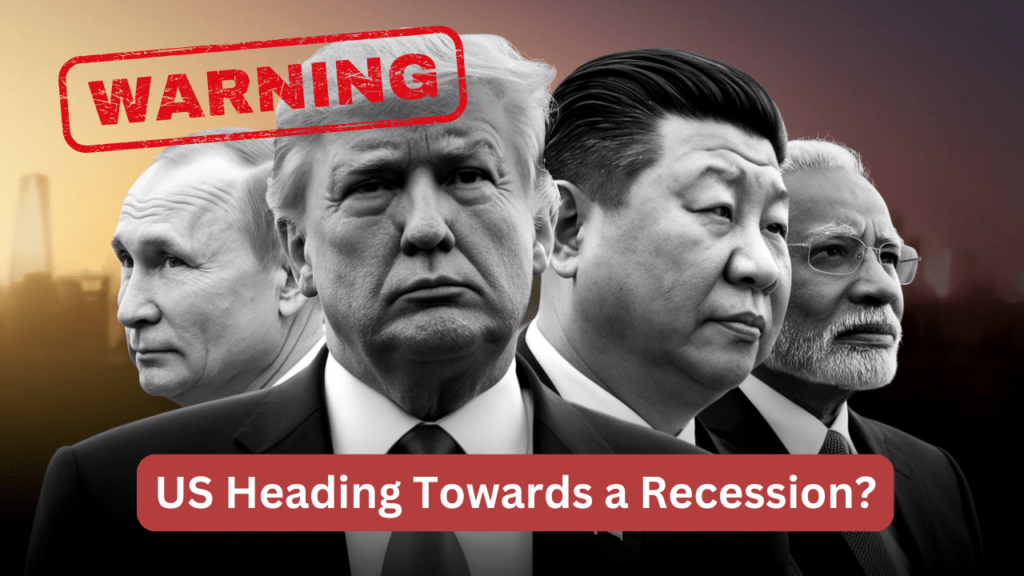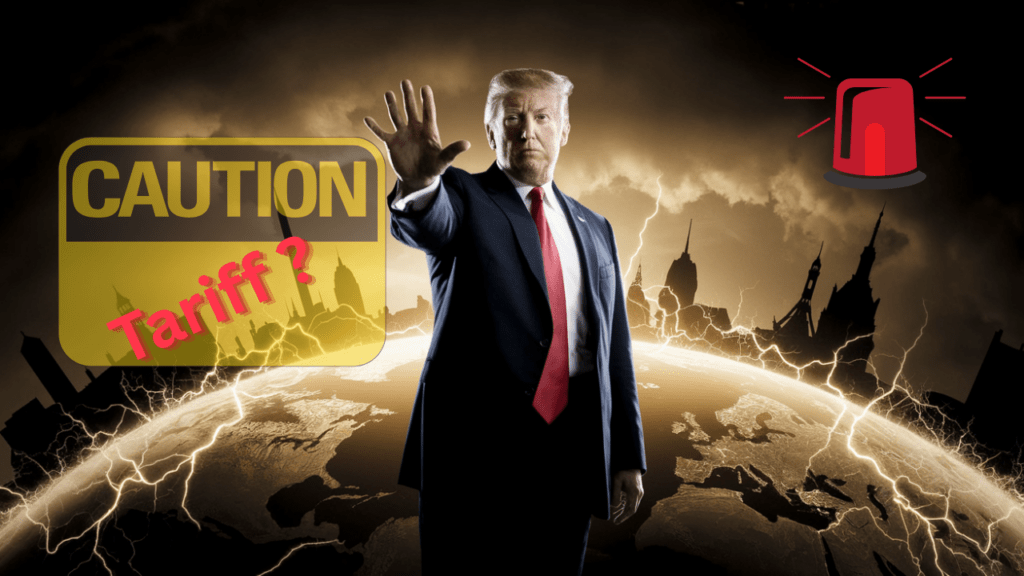Over the past couple of years, Karnataka’s government has been on a freebie spree, handing out cash, free electricity, free bus rides, and much more. Sounds great, right? Well, not if you’re looking at the state’s finances.
The big question: Can Karnataka actually afford these giveaways, or is the government just kicking the can down the road? Let’s break it down—what’s happening to the state’s money, how the government is trying (and failing) to recover costs, and whether people are happy with the trade-off.
The Freebie Frenzy: What’s Karnataka Giving Away?
First, let’s look at what’s free (for now):
-
₹2,000/month to women heads of households under Gruha Lakshmi.
-
Free bus rides for women (Shakti Scheme)—already over 280 crore trips taken.
-
10 kg of free rice per person (Anna Bhagya).
-
Free electricity (up to 200 units) under Gruha Jyoti.
-
₹3,000/month for unemployed graduates under Yuva Nidhi.
Grand total? A whopping ₹52,000 crore per year. That’s not pocket change—it’s over 20% of the state’s budget! 😳
Who’s Paying for These "Freebies"? (Hint: You Are!)
Let’s be real—nothing is actually free. If the government hands out benefits, the money has to come from somewhere. And guess what? They’re quietly making you pay for it.
Here’s how Karnataka is compensating for these massive expenses:
-
Hiked Bus Fares 🚌: Yes, the same government that made bus rides free for women increased fares for everyone else. Ordinary commuters (especially men) now pay significantly more.
-
Milk Price Hike 🥛: The government increased milk price not once or twice, whopping 3 times in just 2 years(₹3 in August 2023, ₹2 in June 2024, and now ₹4 in 2025), hitting everyday consumers where it hurts.
-
Liquor Prices Increased 🍾: Alcohol has become more expensive— Government hiked beer price 2 times in just 2 years.
-
Metro Fare Hike 🚇: Bengaluru’s Namma Metro fares have skyrocketed by up to 71%. The maximum fare jumped from ₹60 to ₹90, and even shorter distances saw significant increases. For instance, traveling 8-10 km now costs ₹50, up from ₹20—a 150% hike!
-
Vehicle Registration Tax Increase 🚗: Planning to buy a new vehicle? Brace yourself. Karnataka has imposed an additional ₹500 cess on two-wheelers and ₹1,000 on cars during registration, adding to the already high road taxes ranging from 13% to 20%.(source)
-
Petrol Prices Among the Highest ⛽: Karnataka boasts some of the highest petrol prices in the country, thanks to steep state taxes. Every time you fill up your tank, a significant chunk goes straight into the state.
-
Increased Electricity Tariffs ⚡: Beyond offering free electricity to some, the government has raised electricity tariffs for other consumers, making businesses and regular households pay more to balance the subsidy.
-
Higher Property Taxes 🏠: Property owners are feeling the pinch with increased property taxes, as the government seeks additional revenue in the name of waste collection.
Basically, the government is giving with one hand and taking with the other. And if you don’t drink alcohol, ride a bus, or buy milk—don’t worry, they may find other ways to get your money!
Karnataka’s Financial Health: Cracking Under Pressure?
Before all these freebies, Karnataka was actually one of India’s strongest state economies. It had high GDP growth, stable revenues, and was attracting investments. But now? Things are looking shaky.
🔻 Revenue from taxes falling. Karnataka’s tax revenue dropped from 7.54% of GDP (2021-22) to 6.24% (2023-24) ↗️.
🔻 Grants from the central government are shrinking. The state was getting 1.22% of GDP in central grants—now it’s down to just 0.55%.
🔻 Borrowing is at an all-time high. Karnataka is set to borrow over ₹1 lakh crore this year—the highest ever! ↗️
This isn’t just about freebies—it’s about whether the government can keep the state running without going bankrupt.
🗣️ Are People Happy With This? (Spoiler: Mixed Reactions)
So, what do actual people think? Here’s the buzz on the ground:
👍 Freebie Supporters Say:
-
These schemes help the poor and reduce inequality.
-
Women feel empowered with financial independence.
-
Free bus rides mean huge savings for working women.
👎 Critics Say:
-
Unfair burden on taxpayers—why should some people pay more while others get free benefits?
-
No money for infrastructure—roads, education, and healthcare are suffering.
-
What happens when the money runs out? The state can’t just keep borrowing forever.
One thing’s for sure: freebies win votes, but can Karnataka afford them in the long run?
🔥 Final Thoughts: Is This Sustainable?
Karnataka’s government has made big promises—but keeping them is a different story. Right now, they’re plugging financial holes with tax hikes, price increases, and borrowing.
But how long can this continue? At some point, the debt will pile up, and services will start to suffer.
🚨 If Karnataka’s government doesn’t find a better way to manage finances, the real cost of “freebies” could be a financial crisis.
What do you think? Are these freebies worth it, or is the government playing with fire? Let’s discuss in the comments! ⬇️


